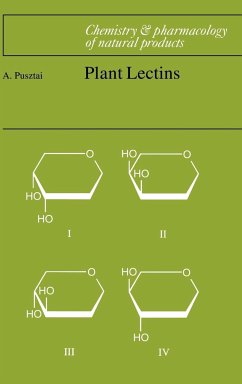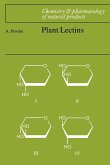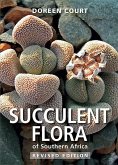This volume surveys the chemistry, biochemistry, biosynthesis, metabolism and pharmacological properties of lectins. Lectins, which are most commonly found in plants, are widespread natural products with striking biological activities. Their specific ability to recognise and bind to simple or complex saccharides facilitates their role as effective information protein molecules. As agents of cell-to-cell recognition, lectins promote symbiosis between plants and specific nitrogen-fixing soil bacteria. As natural defensive molecules, they can protect plants against predators such as bacteria, fungi and insects. As part of our diet, lectins are powerful exogenous growth factors in the small intestine and influence our health, the digestive function and the bacterial ecology of the alimentary tract. Lectins are also important research tools in preparative biochemistry and cell science. After a chemically orientated first chapter dealing with specificity and a second chapter on structure, in the rest of the book lectins are looked at from a biological point of view. Their involvement in metabolism and biosynthesis, in distribution and localisation in plant tissues and their role in interactions with the outside world are discussed in Chapters 3 and 4. The last two chapters deal with the effects of lectins on various cells of the body including blood, gut and nerve cells, with particular emphasis on medical, nutritional and general biological aspects.
Table of contents:
Introduction; 1. Lectins and their specificity; 2. Structure of lectins; 3. Localization and biosynthesis in plants; 4. Biological functions in plants; 5. Effects on blood cells; 6. General effects on animals cells; References; Glossary; Index.
Lectins are natural products found mainly in plants. Their properties are examined in this book.
Lectins are natural products found mainly in plants. Their properties are examined in this book.
Hinweis: Dieser Artikel kann nur an eine deutsche Lieferadresse ausgeliefert werden.
Table of contents:
Introduction; 1. Lectins and their specificity; 2. Structure of lectins; 3. Localization and biosynthesis in plants; 4. Biological functions in plants; 5. Effects on blood cells; 6. General effects on animals cells; References; Glossary; Index.
Lectins are natural products found mainly in plants. Their properties are examined in this book.
Lectins are natural products found mainly in plants. Their properties are examined in this book.
Hinweis: Dieser Artikel kann nur an eine deutsche Lieferadresse ausgeliefert werden.








